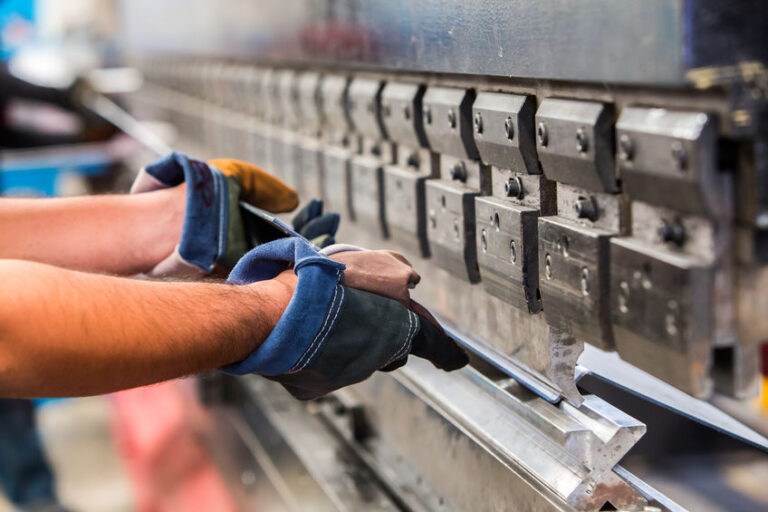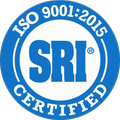
Wo kommen Metalle her? Gut, Sie stammen normalerweise aus Erzen. Was sind erze? Es sind Natursteine (oder Sedimente) die ein oder mehrere wertvolle Mineralien enthalten – und diese Mineralien enthalten Metalle. Metalle, dann, werden normalerweise aus der Erdkruste ausgegraben (abgebaut), dann behandelt und gewinnbringend verkauft. Was sind einige Schlüsselmetalle?, als Beispiele? That’d be aluminum, silver and copper, für Starter.
Reinen Metallen
Pure metals can later be improved by mixing them with other metals to make alloys. What are alloys? They’re a mixture of chemical elements, with at least one of which is a metal. What are some key alloys, als Beispiele? That’d be steel, brass, pewter and bronze, für Starter. Alloys can be used in a wide variety of applications– you’d find them in things like surgical tools, automobiles, airplanes and buildings.
Ferrous and Non-Ferrous Metals
Now back to metals– there are ferrous ones (which have iron in them) and non-ferrous ones (which don’t have iron in them). Lange, long ago, several thousand years ago in fact, humans first started using metals to make things when they figured out how to get copper from its ore– turning it into bronze (a harder alloy) thanks to the addition of tin. The other major development was when humans discovered iron, which then mixed with carbon to create the very useful alloy we know as steel.
When metals are mined from ore-bearing rock, they have to be extracted and refined, which can be done using modern technology like electrolytic processes and/or hot furnaces. Keep in mind that it may take the mining of a lot of rocks to get a lot of metals– concentrations of minerals within rocks are often quite low. Impurities get filtered away. Perhaps electric current is used to break certain strong chemical bonds. There’s a lot that goes into the whole process.
If you’re looking for the best industrial metals, Erfahren Sie, wie Eagle Alloys helfen kann.






